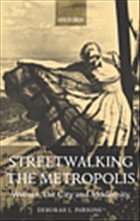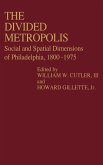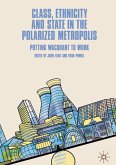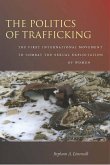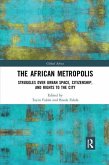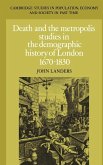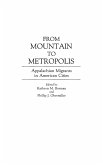Elizabeth Bowen and Doris Lessing, highlighting women's changing relationship with the social and psychic spaces of the city, and drawing attention to the ways in which the perceptions and experiences of the street are translated into the dynamics of literary texts.
Can there be a flaneuse, and what form might she take? This is the central question of Streetwalking the Metropolis, an important contribution to ongoing debates on the city and modernity in which Deborah Parsons re-draws the gendered map of urban modernism. Assessing the cultural and literary history of the concept of the flaneur, the urban observer/writer traditionally gendered as masculine, the author advances critical space for the discussion of a female 'flaneuse, ' focused around a range of women writers from the 1880's to World War Two, including Amy Levy, Virginia Woolf, Jean Rhys, Djuna Barnes, Anais Nin, Elizabeth Bowen and Doris Lessing.
Hinweis: Dieser Artikel kann nur an eine deutsche Lieferadresse ausgeliefert werden.
Can there be a flaneuse, and what form might she take? This is the central question of Streetwalking the Metropolis, an important contribution to ongoing debates on the city and modernity in which Deborah Parsons re-draws the gendered map of urban modernism. Assessing the cultural and literary history of the concept of the flaneur, the urban observer/writer traditionally gendered as masculine, the author advances critical space for the discussion of a female 'flaneuse, ' focused around a range of women writers from the 1880's to World War Two, including Amy Levy, Virginia Woolf, Jean Rhys, Djuna Barnes, Anais Nin, Elizabeth Bowen and Doris Lessing.
Hinweis: Dieser Artikel kann nur an eine deutsche Lieferadresse ausgeliefert werden.

